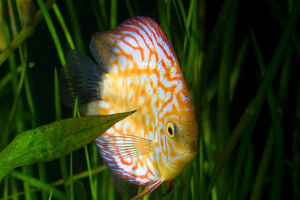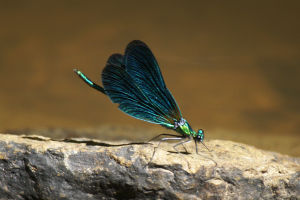Cats are unique creatures, admired for their grace, agility, and independent nature.
However, despite their many fascinating traits, one of the most interesting aspects of their biology is their inability to taste sweet flavors.
This characteristic has intrigued both pet owners and scientists alike, leading to many discussions about why cats are indifferent to sugary treats. To understand this phenomenon, we need to look closely at the feline sense of taste, evolutionary history, and genetic factors that have shaped their dietary needs.
Unlike humans and many other animals, cats cannot taste sweet substances. This has to do with their genetic makeup and evolutionary history. Cats are obligate carnivores, which means their diet is primarily composed of meat. Over millions of years, felines have evolved to be highly specialized predators, relying on the protein, and nutrients found in animal tissue. This adaptation has influenced many aspects of their physiology, including their sense of taste.
Why can't cats taste sweet food? | Surprising Science
Video by Natural History Museum
The key reason cats can't taste sweet lies in a genetic mutation that affects a specific taste receptor called the taste receptor T1R2. This receptor is responsible for detecting sugars and other sweet-tasting compounds in the environment. In most mammals, including humans, the T1R2 receptor is functional and helps us detect sweet flavors, which are often associated with energy-rich foods.
This inability to taste sweet has a significant impact on their dietary preferences. Unlike humans or even some omnivores, cats are not drawn to sugary foods because their bodies do not recognize them as a source of nourishment.
Sweet foods do not provide the nutrients that cats need for survival. As strict carnivores, cats have a higher requirement for protein, and their bodies are specifically designed to process these nutrients from animal sources. Sweetness, in this context, has little evolutionary significance for them.
The lack of a sweet taste receptor also highlights a broader point about the evolution of dietary preferences in animals. Over time, animals have developed sensory systems that are closely aligned with their nutritional needs. In the case of cats, their senses have been honed to detect the amino acids and other compounds found in meat, which are crucial for their survival.
Their ability to detect and process proteins and certain minerals is far more important than the ability to taste carbohydrates or sugars. This adaptation has helped cats thrive as hunters, ensuring they get the energy and nutrients required to support their high metabolic rates
Interestingly, the absence of a sweet taste receptor is not unique to domestic cats. Many other members of the carnivorous family, such as lions, tigers, and cheetahs, share this trait. These animals have similar dietary needs, and their inability to taste sweet food further emphasizes the role that evolutionary pressures have played in shaping their sensory systems.
On the other hand, animals like herbivores and omnivores that rely on a more varied diet—including fruits, vegetables, and sugars—have evolved the ability to taste sweet flavors, which helps them identify ripe, energy-rich foods in their environment.
The inability to taste sweetness is not a disadvantage for cats. It reflects a specialization that has helped them become highly effective predators. Their sense of taste is finely tuned to detect the types of food that provide the nutrients essential for their survival.
This makes sense when you consider how cats interact with their environment—they are primarily concerned with the meat they catch, not the sugar content of plants or fruits. The reason why cats can't taste sweet is deeply rooted in their evolutionary history as carnivores. Over time, their dietary needs shaped their sensory systems, leading to a loss of the ability to detect sweet flavors.
For cats, the absence of a sweet taste receptor is a perfect example of how nature has crafted their biology to focus on the protein-rich prey they depend on, rather than on sugars and carbohydrates!


